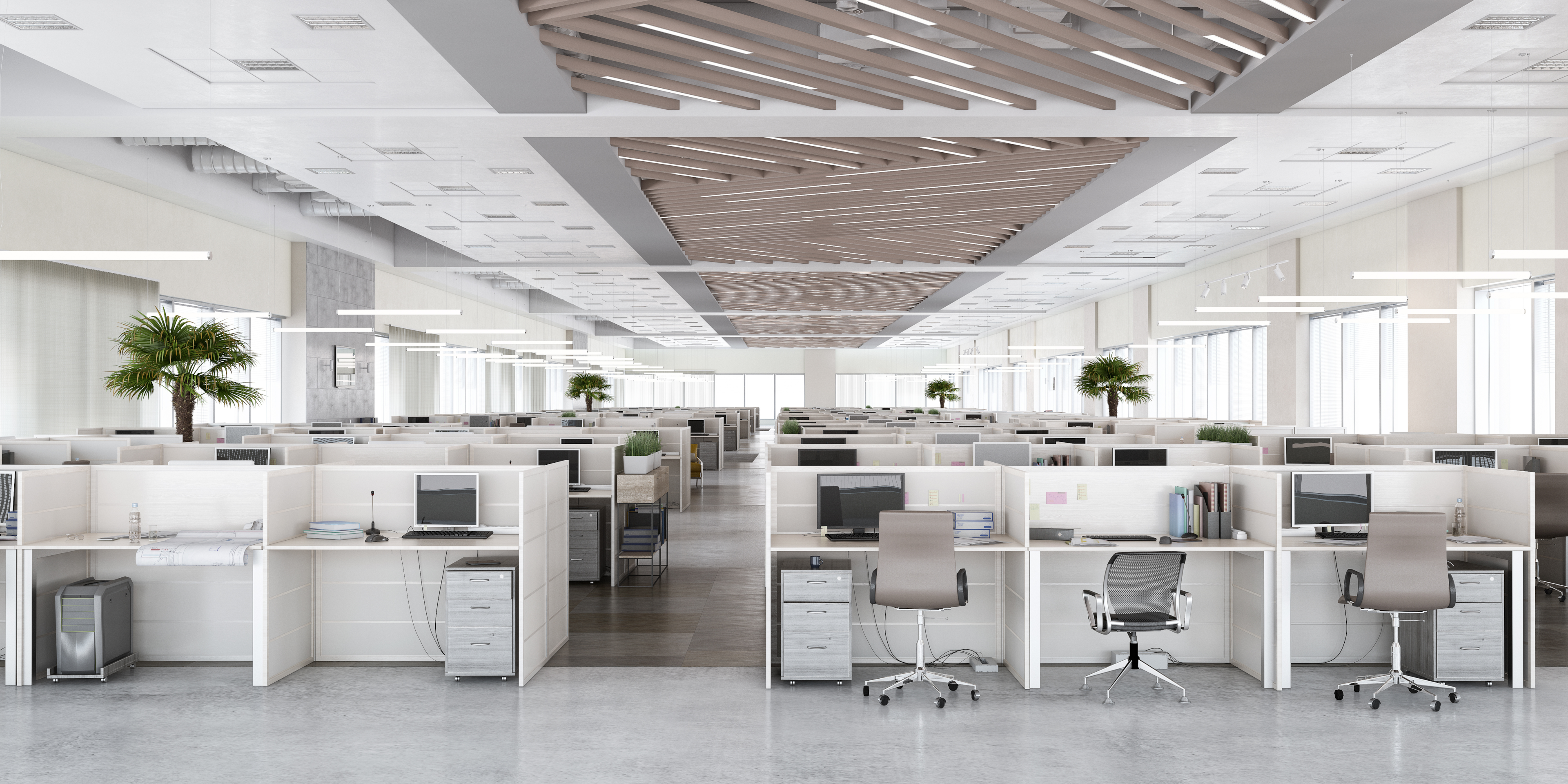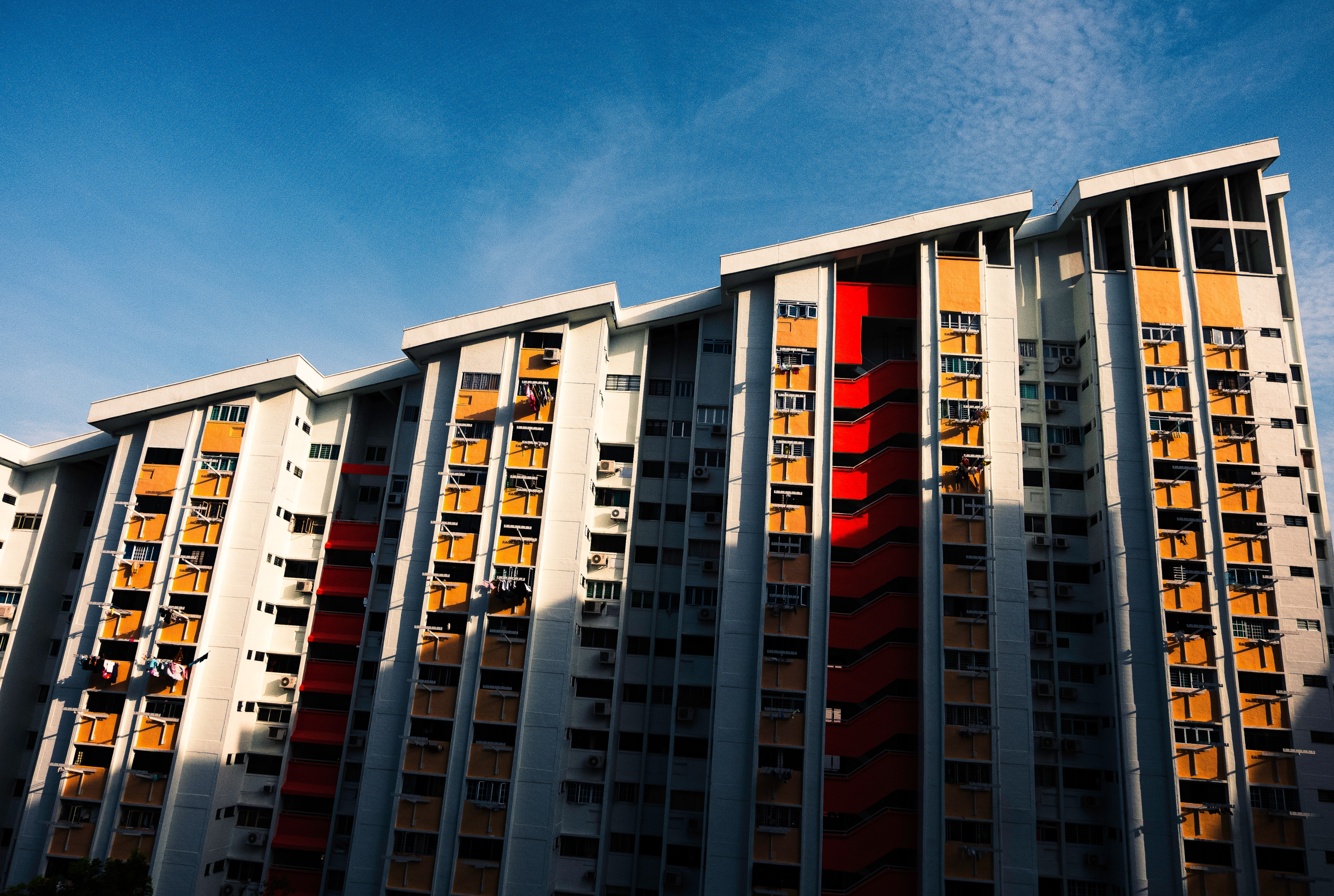The demand for affordable housing has led to the trend of converting commercial properties into multifamily complexes. Such conversions offer several benefits, including prime locations with access to public transportation, shopping, and other urban amenities. However, developers must navigate zoning regulations and financing hurdles, and not all commercial properties are suitable for conversion. Despite the challenges, the trend toward residential conversion is likely to continue as developers strive to provide affordable housing in prime locations.

Table of contents
- The Acceleration of Commercial to Multifamily Conversion During the COVID-19 Pandemic
- Factors Affecting the Success of Commercial-to-Multifamily Conversions
- Affordable Housing Conversions with Government Incentives
- The Future of Commercial to Multifamily Conversions
- Commercial to Residential Conversions in California
Suggested Posts
- High-Density Housing: Making Urban Living Affordable
- How Security in the Sports Industry Is Changing
- Second Chance Apartments: Overcoming Barriers to Secure
Other resources:
The Acceleration of Commercial to Multifamily Conversion During the COVID-19 Pandemic
The COVID-19 pandemic has accelerated the trend of converting commercial buildings into multifamily residential properties, as more people work remotely, reducing the demand for office space. Though this trend is not new, converting these properties comes with its own set of challenges such as high construction costs, structural issues, and toxic concerns like asbestos. Nonetheless, incentives and programs such as California’s Homekey initiative are making it easier for developers to tackle the financial burden. Nonprofits and private investors are also actively participating and supporting this cause. Although only 42 office conversions were completed by December 2022, with 217 more planned or in progress, the trend is expected to continue growing in popularity in the years to come.

Factors Affecting the Success of Commercial-to-Multifamily Conversions
According to reports, the success of commercial-to-multifamily conversions depends on various factors such as financing options and physical limitations of the residential property itself. The adoption of commercial-to-multifamily conversions is widespread, with successful examples across the US, including both large metropolitan areas and smaller cities. Such conversions offer a valuable source of housing in areas where a shortage persists, while also serving as an affirmative alternative solution to the nation’s affordable housing crisis.

Financing Options
Experienced developer teams can overcome the challenges posed by zoning and building codes, permitting restrictions, financial feasibility, community involvement, and physical obstacles to create affordable housing options for low- and middle-income residents. Moreover, over 1 billion square feet of underutilized retail space available for conversion could provide housing for those in need. This trend could have a positive impact on local economies, revitalize vacant buildings, and provide new housing options for residents.
In California, two bills recently approved by Governor Newsom, Senate Bill 6 and Assembly Bill 2011, incentivize developers to transform defunct commercial properties into residential communities, creating more affordable housing options. Lower construction costs and tax relief for property owners are other potential solutions to the housing crisis.
Physical Limitations of the Property
Not all commercial properties are suitable for conversion. Developers must assess the property’s suitability and consider factors such as infrastructure and property rights. Structural issues, such as load-bearing walls and floor-to-ceiling heights, may pose challenges during conversion. Additionally, hazardous materials like asbestos or lead-based paint may be present in older buildings, requiring specialized removal and disposal services.
Zoning Regulations
Zoning regulations can be a significant obstacle for commercial-to-multifamily conversions. Developers must work closely with local governments to navigate zoning restrictions and obtain the necessary permits. In some cases, zoning variances or rezoning may be required, which can be a lengthy and expensive process. However, many cities are recognizing the need for affordable housing and are adopting more flexible zoning regulations to accommodate these conversions.
Community Involvement
Community involvement is crucial for the success of commercial-to-multifamily conversions. Developers should engage with the local planning department, residents and community organizations to address concerns and gather input on the project. Open communication and collaboration can help to alleviate potential conflicts and create a sense of ownership among residents, leading to a more successful conversion project.
Affordable Housing Conversions with Government Incentives
A November 2021 NAR report on 27 markets found that conversions from Class B and C offices to Class A multifamily units are feasible in 22 markets, with some successful case studies. Inclusionary zoning and government incentives, such as Low Income Housing Tax Credits, can help developers convert offices into affordable housing, especially when the right Class B office is available for the project.

The Future of Commercial to Multifamily Conversions
Overall, commercial to multifamily conversions present a promising option for addressing affordable housing needs, but developers need to navigate various challenges to make it a reality. The trend of converting commercial properties into multifamily apartments is gaining momentum as an innovative solution to the affordable housing crisis in the United States. This conversion not only offers a valuable source of affordable housing, but it also contributes to the revitalization of struggling commercial properties. The success of these conversions depends on various factors such as financing options, zoning regulations, and physical limitations of the commercial property.
Despite the challenges, the trend towards commercial to multifamily conversions is likely to continue as developers strive to provide affordable housing in prime locations. The COVID-19 pandemic has accelerated this trend as more former commercial real estate buildings remain vacant due to remote work. The report by the Urban Land Institute and National Multifamily Housing Council Research Foundation suggests that commercial-to-multifamily conversions are viable and showcase successful projects in different markets.
However, the high cost of construction and structural issues are just some of the hurdles that developers must face converting a commercial property. Additionally, not all commercial properties are suitable for conversion, so developers must assess the property’s suitability and consider factors such as infrastructure and property rights.
Commercial to Residential Conversions in California
As the national office vacancy rate reached a 30-year high in 2022, rents continue to rise. A solution to this issue in California, which suffers from a significant housing shortage, is the Office to Housing Conversion Act. This bill, introduced by a California assembly member, would streamline the permitting process and local zoning laws to facilitate office space to residential property conversions there.
In Los Angeles County alone, there are approximately 2,300 commercial properties that could be transformed into 72,000 to 113,000 housing units, according to a 2022 RAND Corporation report. While conversions are a promising solution, their feasibility depends on the commercial building, type, housing units, and regional policies.
Conversion Efforts and Challenges
Some regions have ordinances and programs to encourage commercial property conversions to residential use. Los Angeles’s 1999 Adaptive Reuse Ordinance, created 20000 apartment units in 15 years. New York provided similar tax exemptions from 1995-2006.
Older buildings can also pose challenges, particularly in California, where seismic retrofitting and other modifications to existing building are necessary to meet safety standards.
California’s Support for Affordable Housing Conversions
California financially supports affordable housing conversions through the Homekey initiative. Eden Housing is using grants from California and the Low Income Housing Tax Credit Program for two conversion projects.
The Future of Office Conversions
Despite the challenges, more office conversions are expected in the future. A decline in office demand could lead to decreased tax revenues, but housing conversions may compensate for lost revenues and make the commercial to residential conversion process more attractive and affordable.
Case Studies: Successful Commercial-to-Multifamily Conversions
Several successful commercial-to-multifamily conversions across the United States demonstrate the potential of this innovative approach to address the affordable housing crisis. Here are a few noteworthy examples:
- The Arcade Building, Providence, Rhode Island: Built in 1828, the Arcade Building is the nation’s oldest shopping mall. After struggling for years, the building was converted into a mixed-use property with retail spaces on the ground floor and 48 micro-apartments on the upper floors.
- The Pizitz Building, Birmingham, Alabama: This historic 1920s department store was transformed into a mixed-use building with 143 apartments, retail space, and a food hall.
- Fulton Market Cold Storage, Chicago, Illinois: Originally a cold storage facility, this building was converted into a modern office building with residential units on the upper floors, demonstrating the potential for adaptive reuse in the industrial sector.
Conclusion
Commercial to multifamily conversions present a promising and innovative solution to the affordable housing crisis. By repurposing underutilized commercial property to residential spaces, developers can provide much-needed housing options in prime locations while revitalizing struggling properties. While challenges such as financing, zoning regulations, and physical limitations must be navigated, the growing trend towards commercial to multifamily conversions offers a viable alternative for addressing the nation’s housing needs.
As the demand for affordable housing continues to rise, it is crucial for developers, policymakers, and local governments to collaborate and support the adoption of commercial-to-multifamily conversions. By overcoming the challenges and embracing this trend, we can create more sustainable, vibrant, and inclusive communities for all.
Get a Quote
Please share more details about your building so we can find the perfect solution for you!




